I'm not sure this applies in your case, but vectorize has a few tricks.
If you do not specify the return dtype, it determines it with an test calculation - with your first case. If your function returns a scalar integer, like 0, then vectorize returns an integer array. So if you expect a floats, make sure you specify the return dtype.
Also - vectorize is not a speed tool. It's just a convenient way of applying broadcasting to your inputs. It isn't much faster than explicitly looping on your inputs.
np.vectorize(fun, otypes=[float])
removes the steps.
===========
Try this:
vfun = np.vectorize(fun, otypes=[float])
X = vfun(interval[:,None], pivots, truths)
print(X.shape) # (300,3)
y2 = np.dot(X, coeffs)
print(y2.shape) # (300,)
It makes fuller use of the vectorize's broadcasting.
I suspect your fun can be written so as to act on the whole x, without the iteration that vectorize does.
Changing fun to use the np.maximum, allows me to supply an array x:
def fun(x, pivot, truth):
if truth: return np.maximum(0, x - pivot)
else: return np.maximum(0, pivot - x)
And I can then calculate X with only a loop over the 3 cases of pivots and truths, calculating all interval values at once:
X = np.stack([fun(interval, p, t) for p, t in zip(pivots, truths)], axis=-1)
y2 = np.dot(X, coeffs)
another way of applying the 3 'cases'
Xlist = [fun(interval, p, t)*c for p, t, c in zip(pivots, truths, coeffs)]
y2 = np.sum(Xlist, axis=0)
Since the np.dot(..., coeffs) is just a weighted sum. I'm not sure it's better.
